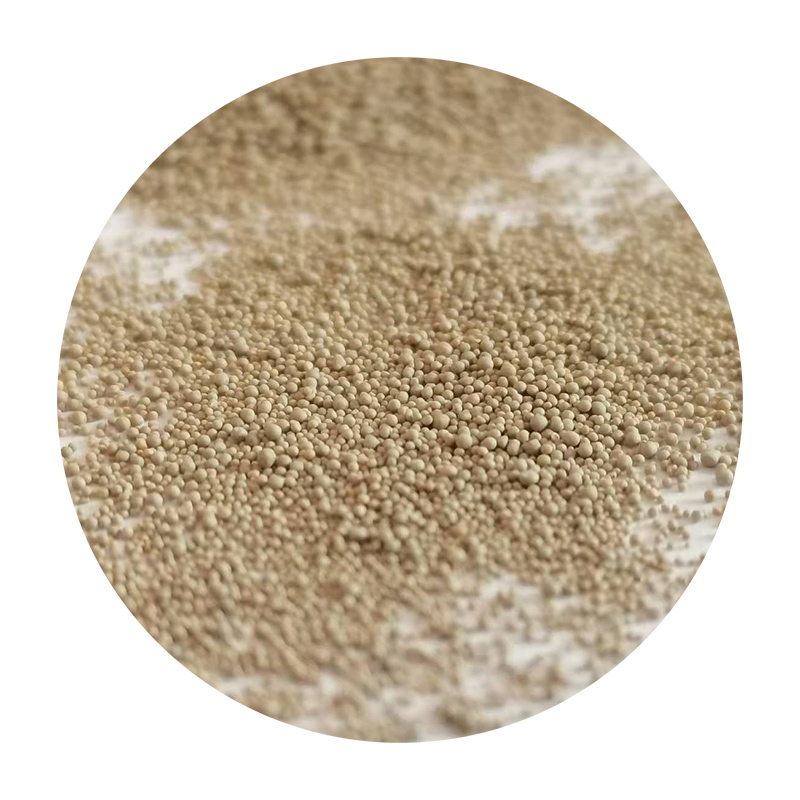Resin-Bonded Sand Casting An Overview
Resin-bonded sand casting is a prominent method in the field of metal casting, known for its versatility, precision, and adaptability for complex shapes. This technique employs a mixture of sand and a resin binder to create molds capable of holding molten metal. With a growing demand for high-quality castings across various industries, understanding this process is crucial for manufacturers and engineers alike.
Resin-Bonded Sand Casting An Overview
One of the significant advantages of resin-bonded sand casting is its ability to produce intricate and detailed castings. The fine grain of the resin-bonded sand enables the creation of complex geometries with smooth surface finishes. Unlike traditional sand casting, which often requires extensive finishing work, the surface quality achieved with resin-bonded sand casts is often sufficient for many applications, reducing production costs and time.
resin bonded sand casting

Furthermore, the resin binder provides excellent thermal stability, allowing for better control over the casting process. This stability is particularly beneficial when casting metals with higher melting points or when detailed features are required. Additionally, the resin sands have a much lower moisture content compared to traditional green sand molds, which minimizes the risk of defects such as blowholes and gas porosity in the final product.
Another essential factor in resin-bonded sand casting is the curing process. The resin can be cured through various methods, including heat and chemical catalysts. The choice of curing method affects the mold's strength, the time required for the process, and the overall production efficiency. For instance, heat curing leads to faster cycle times but may require additional equipment.
Despite its numerous benefits, there are challenges associated with resin-bonded sand casting. The materials used, particularly the resin, can be more expensive than traditional sand casting materials. This cost factor might limit the process's use for very large production runs unless the part's value justifies the additional expense. Furthermore, the disposal of used resin sands presents environmental considerations, as the resins are not biodegradable.
In conclusion, resin-bonded sand casting offers a modern solution for creating high-quality, complex metal castings. Its advantages, including superior detail, thermal stability, and reduced finishing requirements, make it an appealing option across various industries, from automotive to aerospace. However, cost considerations and environmental impact remain significant challenges that manufacturers must address. As technology continues to advance, it is likely that resin-bonded sand casting will evolve, becoming an even more efficient and sustainable option in the casting industry.
Post time:ಆಕ್ಟೋ . 01, 2024 14:42
Next:Bán cát đúc chất lượng cao cho nhu cầu công nghiệp
